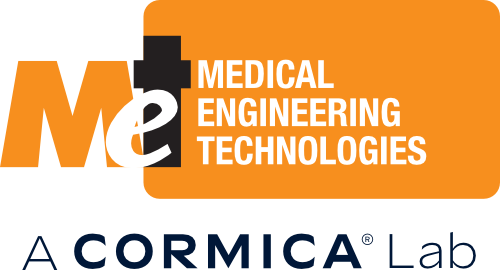ISO 11607 Sterile Barrier Validation – A Reminder
The current version of this standard is now over a year old. How much has changed in ISO 11607-1:2019
Packaging for terminally sterilized medical devices and how much had remained the same?
The role of the packaging is to keep the contained device sterile and functional. The standards give comprehensive guidance on achieving this. There is also the beginning of a process (in the appendices) to investigate the environmental effects of medical device packaging (something that should not be ignored by the industry) and to differentiate between sterile barrier and protective packaging.
The testing of packaging is generally a destructive process. Batch testing QA is usually carried out on quite small numbers of samples of product. This means that the maintenance of quality generally relies on the validation of the packaging system prior to its use. This allows the use of a minimum number of in-process tests at the start and end of each batch to verify that everything is running as expected.
Medical Engineering Technologies has test programmes to cover many aspects of packaging validation and batch confirmation.
Part one of the standard is concerned with packaging materials and robustness of the pack with the product inside. Part two details methods to ensure that sealing equipment reliably produces those packs validated in part one.
ISO 11607-1:2019 Packaging for terminally sterilized medical devices — Part 1: Requirements for materials, sterile barrier systems and packaging systems, asks questions covering three broad areas:
1. Are the packaging materials suitable?
2. Is the pack design robust and resistant to storage and transit?
3. Is it easy to access and correctly use the device at the point of use?
Some of the details are the primary concern of the material suppliers. These should be stipulated in a supply agreement:
• Biocompatibility of material
• Microbial barrier properties
• Compatibility with sterilization process
• Storage and delivery
• Freedom from defects
The areas of concern for the of the medical device manufacturer relate to the packaging design and its robustness in use.
Areas of concern in design include:
1) Easy to use construction with no inherent hazards
2) Simple and obvious presentation of the device aseptically at the point of use.
3) Labeling and information presentation
4) Maintenance of sterility and function in
a) Storage – information on accelerated ageing is available here.
b) Transit- information on transit validation is available here.
ISO 11607-2:2019 Packaging for terminally sterilized medical devices — Part 2: Validation requirements for forming, sealing and assembly processes
This part of the standard requires validation of all packaging processes including forming, assembly (kitting), wrapping, and sealing. Installation qualification (IQ) , operational qualification (OQ) and performance qualification (PQ) are all required for the manufacture of sterile barrier systems.
Installation Qualification is a checking process that is used to ensure that manufacturing equipment is installed and functioning correctly.
Operation Qualification is intended to demonstrate that the equipment can produce packages according to the design specification. This includes dimensions and shapes, seal quality, appearance and lack of damage, integrity and cleanliness. Once the ideal sealing conditions have been identified, tests of satisfactory operation at the extremes of production parameters should be applied. These may be things like maximum production rate, minimum rate, highest temperature, lowest temperature and the variations allowed in pressures. The range of possibilities should be verified for quality of production.
Production qualification is based on the idea that producing three batches of a packaging system will give representative results for future production. In this study three batches should be made and examined from normal production, with all equipment using the ideal settings discovered during the design phase and operational qualification. This may need to be repeated by different teams and shifts and on different occasions.
All the processes involved in packaging validation should be accompanied by design requirements, protocols and acceptance criteria within an ISO 13485 QMS.
When confidence has been established in the ability of the process to produce satisfactory packaging, periodic in-process checks should be carried out. Revalidation will be required following any process or material changes. This is also required if negative trends are found in quality or if there has been a series of small changes to production.
Annex B of part one of the standard lists a large number of test methods that can be applied in packaging validation, maintenance of quality and in batch release testing.
Some of the primary ones of concern in packaging design and process validation are:
ASTM D 4169 for transport
ASTM F 1980 for stability testing
ASTM F2054/F2054M or ASTM F1140 for seal strength burst testing
Alternatively ASTM F88/F88M or EN 868-5 for seal peel strength tests.
There are a number of integrity tests ASTM D3078 or ASTM F2096 for bubble leak and for dye penetration ASTM F1929, also ASTM F3039-15 also for dye penetration (for non-porous packaging) to name just a few.
